Snakes are fascinating creatures with unique adaptations that have allowed them to thrive in diverse environments across the globe. While the scientific consensus firmly supports evolutionary processes as the explanation for snake adaptations, some find certain snake features so remarkable that they appear to challenge conventional evolutionary understanding. This article explores 20 snake adaptations that some consider extraordinary or difficult to explain through gradual evolutionary processes alone. We’ll examine these remarkable features while acknowledging that the scientific community continues to research and develop evolutionary explanations for these complex traits.
20. Infrared Heat-Sensing Capabilities

Pit vipers, pythons, and boas possess remarkable heat-sensing organs that allow them to detect infrared radiation emitted by warm-blooded prey. These specialized pit organs are so sensitive they can detect temperature differences as small as 0.003°C. The complexity of these structures—which essentially function as a separate sensory system working alongside vision—involves specialized membranes, neural pathways, and brain processing centers. The intricate, integrated nature of this system raises questions about how such a sophisticated detection mechanism could develop gradually through random mutations alone, as each component would need to function together for the system to provide any survival advantage.
19. Venom Delivery Systems

Snake venom delivery systems represent one of nature’s most complex biochemical marvels. These systems involve modified salivary glands that produce various toxins, specialized fangs with injection capabilities, and muscular mechanisms to control venom deployment. What makes these systems particularly remarkable is the incredible diversity and specificity of venom compounds—many snakes produce over 50 different toxic proteins in a single venom. The precision required for venom production without harming the snake itself, along with the coordinated development of delivery structures, presents an intricate system that some argue is difficult to explain through gradual evolutionary processes. Additionally, the wide variety of venoms tailored to specific prey types suggests remarkably targeted development rather than random mutation.
18. Extraordinary Jaw Flexibility

Perhaps one of the most iconic snake adaptations is their ability to unhinge their jaws to consume prey much larger than their own head. This flexibility comes from multiple specialized adaptations including elastic ligaments, highly mobile jaw bones, and a split lower jawbone connected by stretchy ligaments. This complex system allows some snakes to swallow prey up to 150% of their own body diameter. The coordinated nature of these adaptations—where multiple skeletal, muscular, and connective tissue changes must work in harmony—presents a challenge to explain through incremental evolutionary steps, as partial development of any single component would seemingly provide little survival advantage without the others.
17. Specialized Respiratory Adaptations

Snakes possess unique respiratory adaptations that allow them to breathe while swallowing large prey—a process that can take hours or even days. Their trachea has a specialized extension called the glottis that can protrude from the mouth during feeding, allowing continued breathing. Additionally, some species can selectively use different portions of their single functional lung, controlling blood flow to match respiratory needs. This coordinated respiratory system involves multiple specialized adaptations that would need to develop in tandem to provide a survival advantage. The precision of these adaptations, with their perfect integration of form and function, represents a remarkably sophisticated biological system that some find difficult to attribute solely to undirected evolutionary processes.
16. Scales With Optical Properties
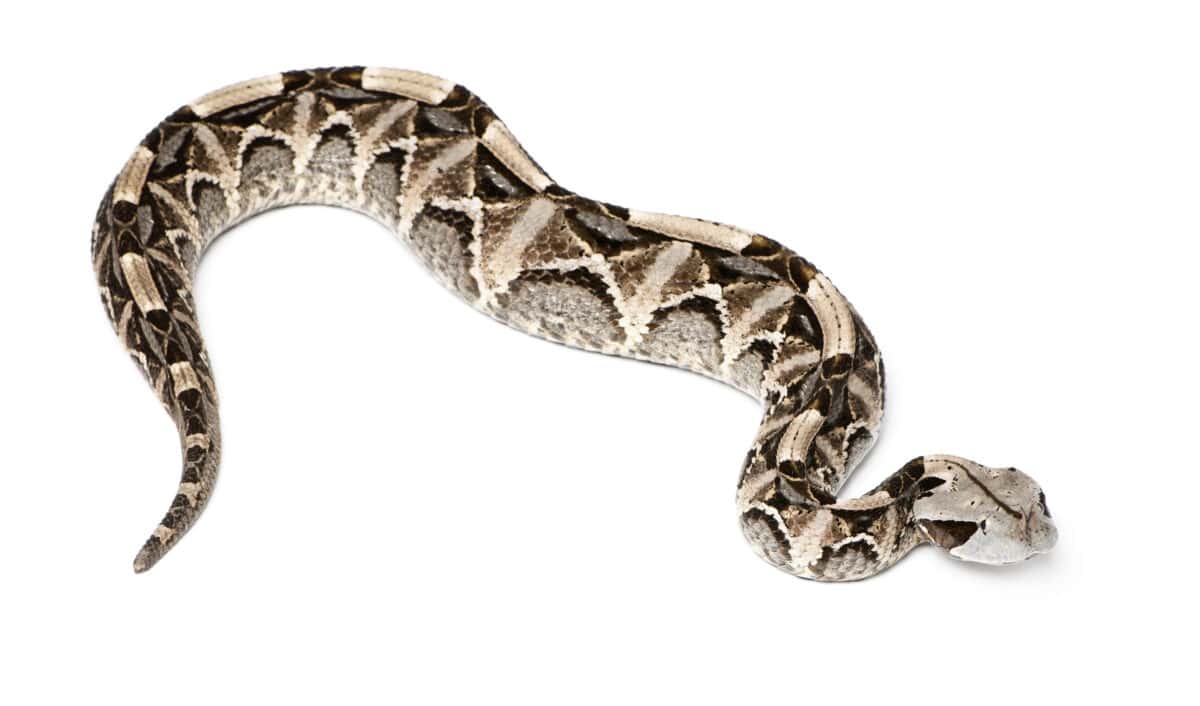
Certain snake species possess scales with remarkable optical properties that go beyond simple coloration. For example, the West African Gaboon viper (Bitis gabonica) has scales that function similar to fiber optic technology, channeling light in ways that create their distinctive camouflage pattern. These scales contain microstructures that manipulate light wavelengths, creating an effect that helps them virtually disappear against forest floor backgrounds. The physics principles involved in these structures represent remarkably sophisticated optical engineering, with precisely arranged microstructures that must be perfectly aligned to create the desired effect. This level of precision in biological structures raises questions about how such sophisticated light-manipulating systems could develop through gradual, unguided processes.
15. Sophisticated Muscle Control

Snakes have evolved extraordinarily sophisticated muscle control systems that allow for their distinctive locomotion despite having no limbs. Their bodies contain between 200-400 vertebrae (compared to just 33 in humans), each connected to multiple muscle groups that can be controlled independently. This allows for several distinct types of movement: lateral undulation, rectilinear crawling, sidewinding, and concertina movement. The neural control required to coordinate these complex movements involves intricate brain-muscle pathways and proprioceptive feedback systems. The precise coordination of hundreds of muscle segments, controlled by specialized neural circuits, represents a biological control system of remarkable complexity that some argue is difficult to explain through gradual evolutionary development.
14. Specialized Digestion Systems
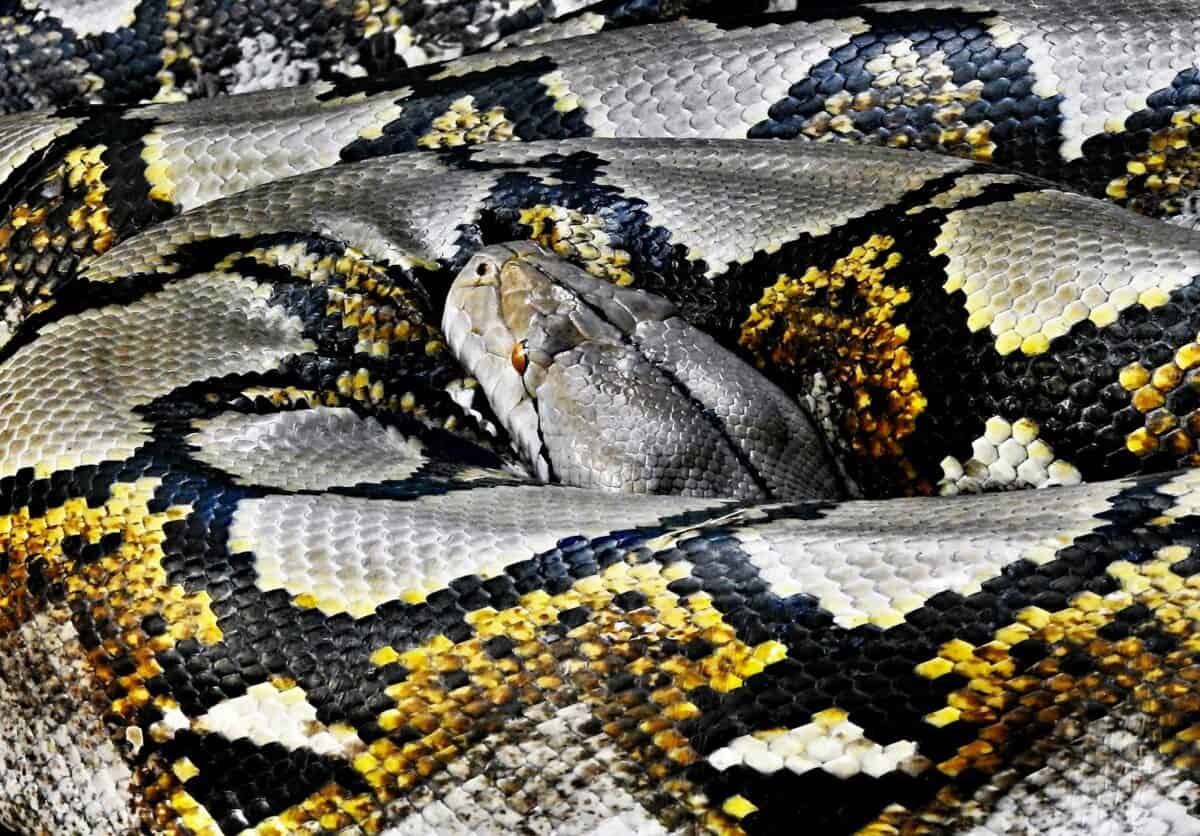
Snake digestive systems show remarkable specializations for their feast-or-famine lifestyle. They can expand their stomach capacity up to 150% of normal size, produce extraordinarily strong digestive acids that can dissolve entire prey including bones, and dramatically increase their metabolic rate during digestion (up to 44 times their resting rate in some species). Perhaps most remarkably, their internal organs physically remodel themselves during fasting periods, with the digestive tract partially atrophying to conserve energy, then rapidly regenerating when food becomes available. This complex, coordinated organ plasticity involves sophisticated hormonal triggers and cellular mechanisms that must work in precise harmony, representing a biological system of remarkable complexity that some argue challenges explanations based on incremental evolutionary development.
13. Specialized Skin for Silent Movement
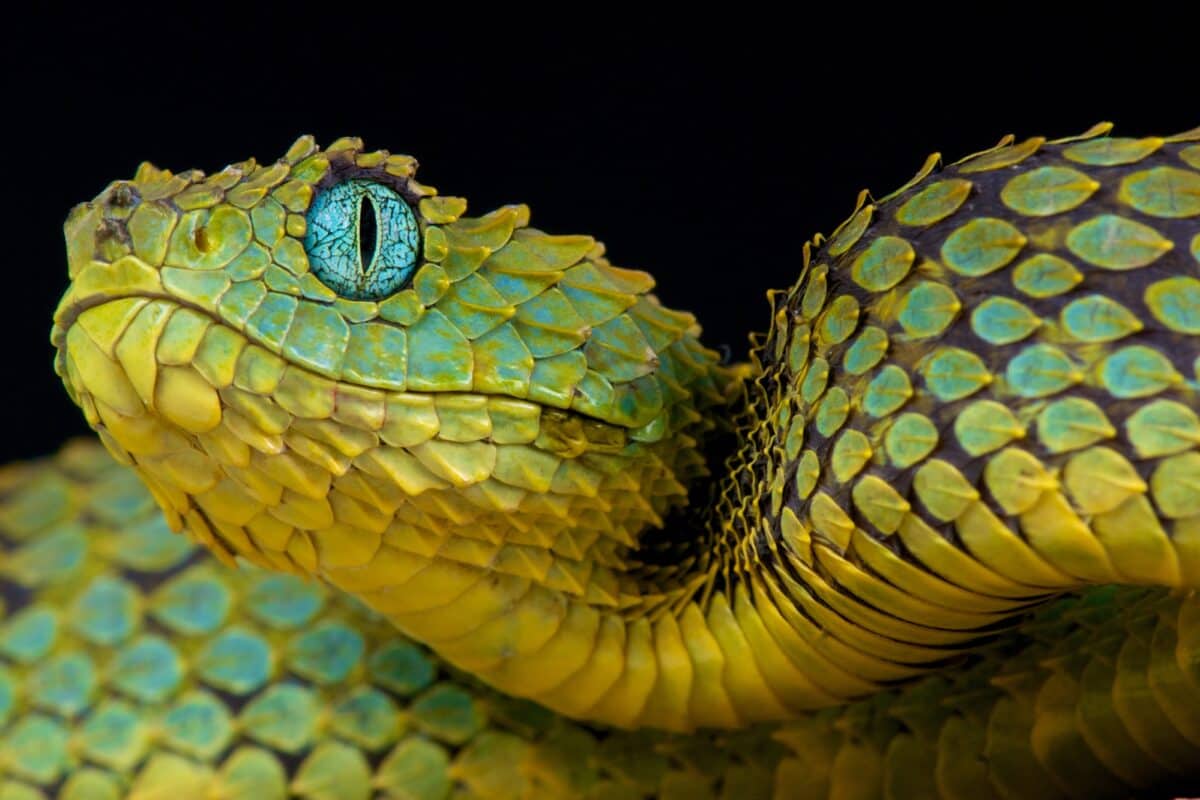
Many snake species possess specialized skin microstructures that allow for virtually silent movement. These microstructures include precisely arranged overlapping scales with microscopic ridges that minimize friction and sound production as the snake moves across surfaces. In some species, such as certain vipers, these microstructures are so effective that they can move across dry leaves without producing audible sound to human ears. The physical precision required for these microstructures—which operate on principles similar to acoustic engineering—represents remarkable biological design. The coordinated development of these structures across the entire body surface, with their perfect integration of form and function, presents a system of such precision that some find it difficult to attribute to gradual, unguided evolutionary processes.
12. Limbless Body Plan Adaptations

The snake’s limbless body represents a dramatic evolutionary departure from typical vertebrate body plans, requiring numerous coordinated adaptations. These include elongated bodies with hundreds of vertebrae, modified ribs that provide both protection and locomotion assistance, and specialized muscle arrangements that enable movement without limbs. What makes this adaptation particularly remarkable is the required coordination of skeletal, muscular, nervous, and organ system changes—all working together to create a functional limbless organism. The fossil record shows relatively few transitional forms between limbed ancestors and modern snakes, leading some to question how such a dramatic body plan reorganization could occur through gradual evolutionary processes. The integrated nature of these changes, where multiple systems must be modified simultaneously to maintain function, presents a complex biological puzzle.
11. Specialized Breeding Adaptations

Male snakes possess paired reproductive organs called hemipenes—complex structures with specialized surface features unique to each species. These structures often have elaborate shapes including spines, ridges, and cups that correspond precisely to female reproductive tract anatomy, ensuring successful mating. What makes this system remarkable is the precise correspondence between male and female anatomical structures that must develop in tandem across two separate organisms. This lock-and-key relationship between male and female reproductive structures represents a biological system requiring coordinated development between individuals, raising questions about how such precise complementary structures could emerge through independent evolutionary pathways.
10. Specialized Visual Systems

Snakes possess unique visual adaptations including specialized retinal structures, modified focusing mechanisms (since they lack movable eyelids), and in some species, the ability to see into the infrared spectrum. Perhaps most remarkable are the specialized visual brain circuits that allow venomous snakes to rapidly identify and target prey or threats. These neural pathways can process visual information at exceptional speeds—allowing some vipers to strike accurately in less than 50 milliseconds from visual detection. The integrated nature of these visual adaptations, combining specialized eye structures with dedicated neural processing circuits, represents a complex system where multiple components must work together precisely. Some argue this level of integrated complexity presents challenges to explanations based solely on incremental evolutionary development.
9. Anti-Venom Resistance

Many venomous snakes possess immunity to their own venom—a remarkable adaptation that involves specialized proteins in their bloodstream that neutralize their toxins. What makes this particularly noteworthy is that these immunity factors must evolve in perfect tandem with the venom itself; any mismatch would result in the snake poisoning itself. Some species even display immunity to the venom of other snake species they commonly encounter, suggesting highly specific adaptive mechanisms. The precise biochemical matching required between venom compounds and immunity factors represents a biological system of remarkable specificity that some argue is difficult to explain through gradual evolutionary processes, as both elements must change together in perfect coordination to maintain survival.
8. Specialized Skin Shedding Mechanisms

Snake skin shedding (ecdysis) involves highly coordinated biological processes where the entire outer skin layer separates and is shed in one piece. This process involves specialized cells that produce enzymes to separate skin layers, lubricating fluids to facilitate removal, and behavioral adaptations to assist shedding. What makes this system remarkable is the precise timing and coordination required—hormonal triggers must activate specific cellular processes across the entire body surface simultaneously. Additionally, specialized scales around the eyes (called spectacles or brilles) must shed without damaging the delicate eye structures beneath. This integrated process represents a biological system requiring multiple coordinated components working in precise sequence, raising questions about how such a synchronized process could develop through gradual evolutionary steps.
7. Specialized Drinking Mechanisms

Snakes have evolved remarkable specialized drinking mechanisms that defy conventional understanding. Unlike most animals, snakes create a specialized siphoning system using their jaws to draw water into their mouth through surface tension and negative pressure—essentially creating a biological pump without specialized structures like cheeks. This system allows them to drink while keeping their head mostly elevated for continued vigilance. What makes this adaptation particularly notable is that it utilizes precise physical principles involving surface tension and fluid dynamics, yet uses modified existing structures rather than developing entirely new ones. The precision required for this system to function effectively represents a biological adaptation that some argue shows remarkable engineering principles beyond what might be expected from random mutation and selection.
6. Egg-Eating Specializations
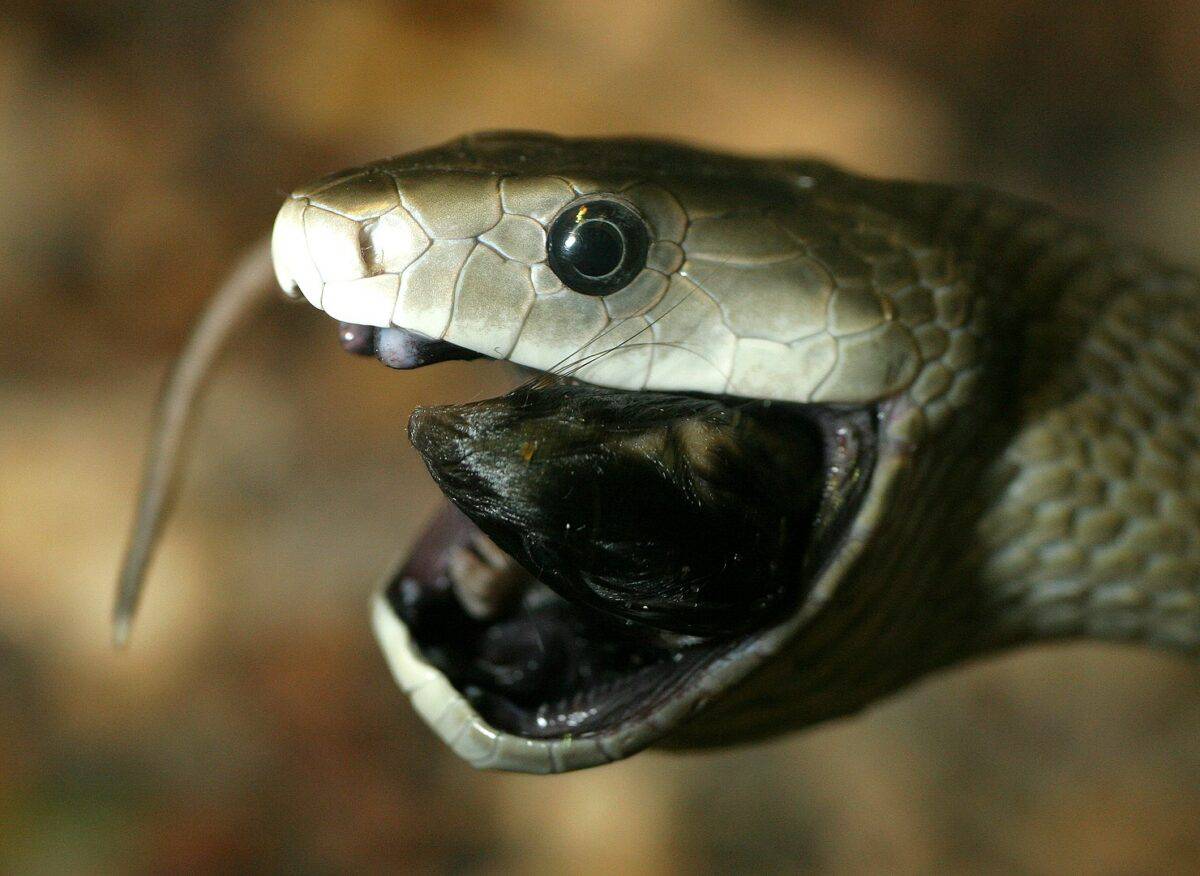
Egg-eating snakes (particularly of the genus Dasypeltis) display remarkable specialized adaptations for consuming eggs whole. These snakes have reduced teeth and specialized vertebral projections that extend into the esophagus to crack eggs internally after swallowing. They can consume eggs up to three times the diameter of their head, and their digestive system efficiently processes the contents while regurgitating the intact shell. What makes this adaptation particularly remarkable is the precision of the internal egg-cracking mechanism—specialized vertebral “teeth” must project at exactly the right angle to pierce eggs without damaging the snake’s own tissues. This highly specialized feeding adaptation represents a biological system requiring coordinated modifications to skeletal, muscular, and digestive systems that some argue presents challenges to explanations based solely on gradual evolutionary processes.
5. Flying Snake Aerodynamics

Flying snakes (Chrysopelea species) possess the remarkable ability to glide through forest canopies by flattening their bodies into an aerodynamic shape and making undulating movements in mid-air. These snakes can travel up to 100 meters through the air, controlling their descent with precision. What makes this adaptation particularly noteworthy is that these snakes achieve superior gliding performance compared to other gliding animals—achieving better lift-to-drag ratios than expected for their body shape. This specialized locomotion requires coordinated adaptations including flattened ribs that can be extended outward, specialized scales that create air channels, and advanced neuromuscular control for aerial undulation. The integration of these adaptations for an animal with no limbs represents a biological system of remarkable complexity that some argue presents challenges to explanations based solely on incremental evolutionary development.
4. Specialized Defensive Displays
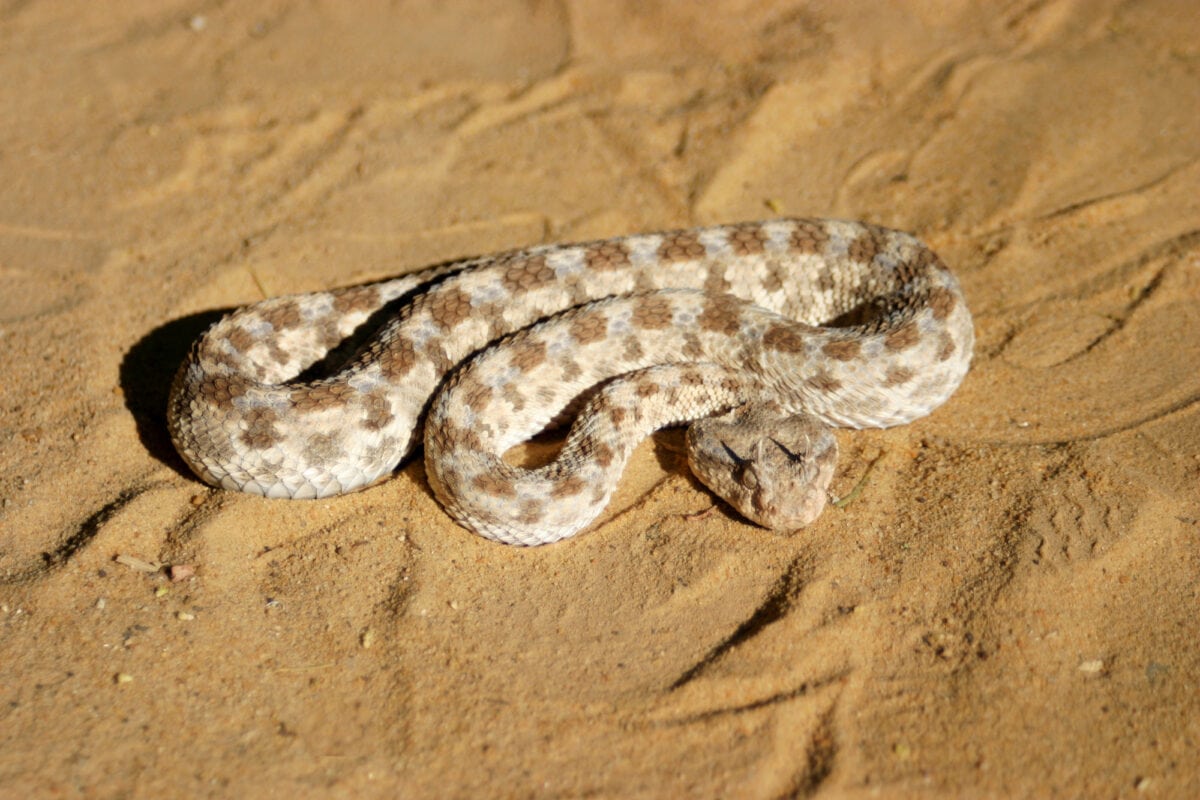
Many snake species have evolved remarkably sophisticated defensive displays that mimic more dangerous species or create visual illusions. For example, the harmless milk snake has evolved coloration nearly identical to the deadly coral snake—a classic example of Batesian mimicry. Even more remarkable are the defensive displays of certain species like the spider-tailed viper (Pseudocerastes urarachnoides), which possesses a tail modified to precisely mimic a moving spider, complete with convincing movement patterns that attract bird prey. The precision of these mimicry systems—often involving exact color pattern matching and specialized behavioral components—represents biological adaptations of remarkable specificity. The integrated nature of these adaptations, combining physical structures with innate behavioral components, presents complex systems that some argue are difficult to explain through gradual evolutionary processes.
3. Aquatic Adaptations

Sea snakes display remarkable specialized adaptations for marine life, including a flattened, paddle-like tail for swimming, specialized salt glands to remove excess salt from their bodies, and the ability to absorb oxygen directly through their skin (cutaneous respiration). Perhaps most remarkable is their ability to remain submerged for hours—some species can satisfy up to 33% of their oxygen needs through skin breathing. What makes these adaptations particularly noteworthy is the rapid timeframe in which they appear to have evolved; sea snakes are believed to have returned to marine environments relatively recently in evolutionary time. The coordinated nature of these adaptations, involving respiratory, osmoregulatory, and locomotor systems, represents a complex biological transition that some argue presents challenges to explanations based solely on gradual evolutionary processes.
2. Desert Survival Adaptations
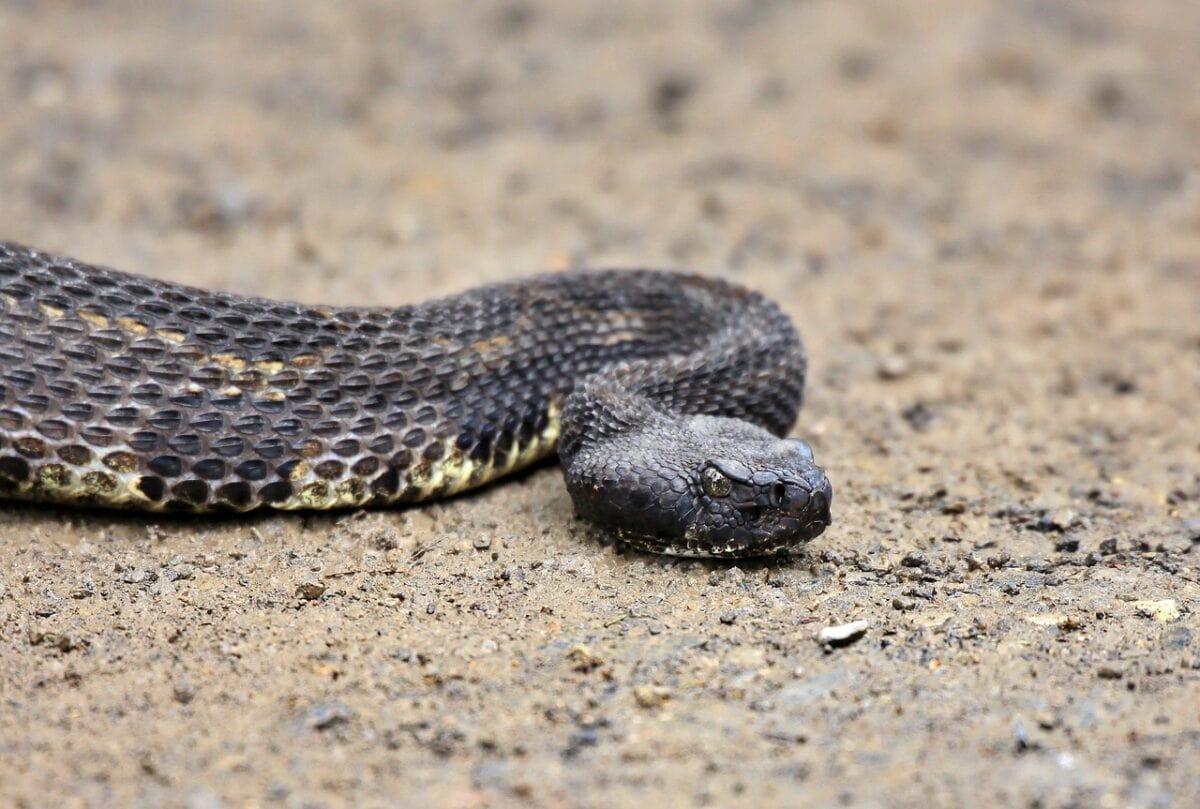
Desert-dwelling snakes display remarkable specialized adaptations for survival in extreme environments. The sidewinder rattlesnake (Crotalus cerastes) has evolved a unique locomotion method that minimizes contact with hot sand while specialized scales reduce heat absorption. Some desert species have developed extraordinarily efficient water conservation mechanisms, including specialized kidney structures that concentrate urine to unprecedented levels. Perhaps most remarkable is their ability to survive extreme temperature fluctuations through specialized metabolic adaptations. These snakes can function effectively at body temperatures that would be fatal to most vertebrates. The integrated nature of these adaptations, involving behavioral, physiological, and anatomical modifications working in precise coordination, represents a biological system of remarkable complexity that some argue presents challenges to explanations based solely on incremental evolutionary development.
1. Regenerative Capabilities
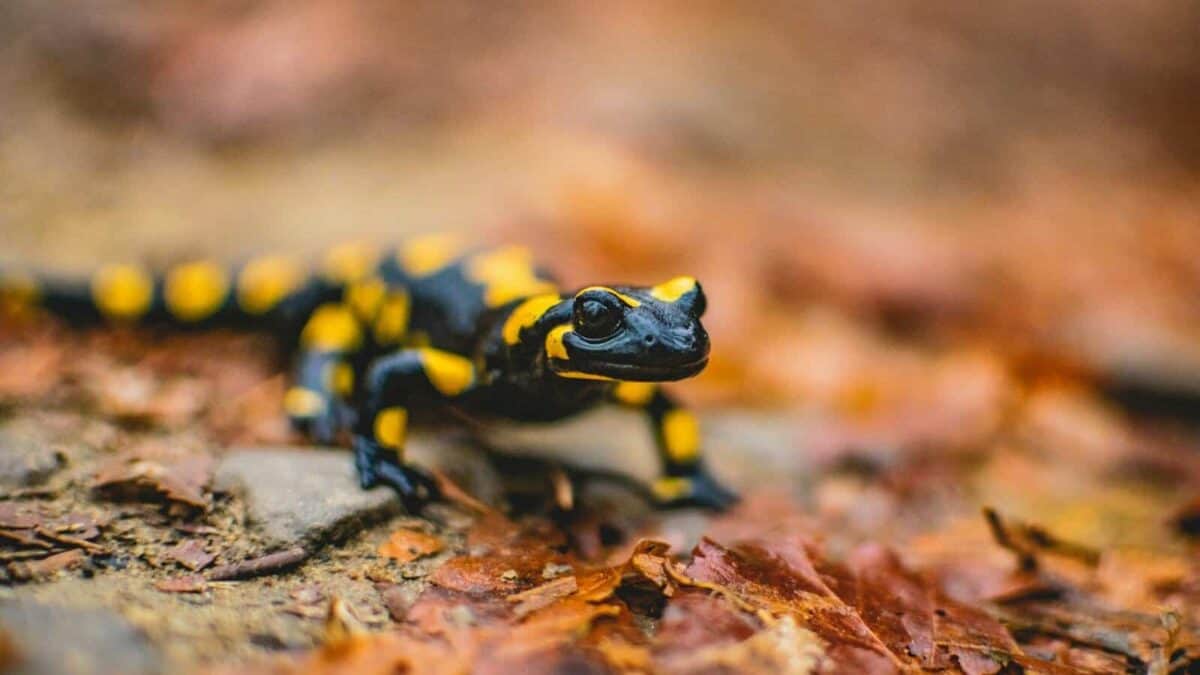
Some snake species display remarkable regenerative capabilities beyond what is typically observed in other vertebrates. For example, certain species can regenerate their venom glands if damaged, perfectly reconstructing the complex cellular architecture needed for toxin production. Even more remarkably, some species show partial regenerative capabilities for internal organs including portions of the liver, digestive tract, and reproductive organs. What makes these regenerative processes particularly noteworthy is their precision—the regenerated tissues perfectly match the original structures in both form and function. The cellular mechanisms behind this regeneration involve sophisticated genetic pathways and specialized stem cell populations that must work in precise coordination. This regenerative capacity represents biological processes of remarkable complexity that some argue present challenges to explanations based solely on gradual evolutionary development.
Conclusion: Understanding Complex Adaptations

While this article has highlighted 20 remarkable snake adaptations that some find challenging to explain through conventional evolutionary processes, it’s important to note that the scientific community continues to research and develop evolutionary explanations for these complex traits. The concept of exaptation—where structures evolved for one purpose are repurposed for another—helps explain many seemingly “irreducibly complex” features. Genetic mechanisms like pleiotropy (where one gene affects multiple traits) and developmental constraints also play important roles in understanding complex adaptation development. Modern evolutionary biology embraces these complexities, recognizing that evolution works through multiple mechanisms beyond simple natural selection. The remarkable adaptations seen in snakes, rather than defying evolution, provide fascinating opportunities to deepen our understanding of how complex biological systems develop over time.
- Watch a Chimpanzee throw a Water Bottle at Zoo Visitor - August 11, 2025
- 13 Jungle Giants That Rule the Rainforest - August 11, 2025
- 12 Brainy Beasts That Can Outsmart You - August 10, 2025

